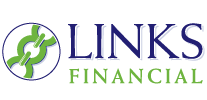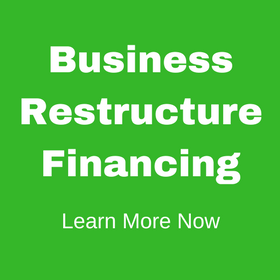
Commercial construction loans are short-term, usually no more than 24 months, to allow you time to build your project. Depending on whether you already own the land, conventional lenders will lend between 75 percent and 100 percent of construction costs. Loans are either one-time-closing or two-time-closing loans. One-time loans, also called construction-to-permanent loans, incorporate the construction and permanent stages into one loan closing. Two-time loans involve two separate deals and closings. Commercial construction loans come from several sources:
- Commercial banks
- Small Business Administration
- Department of Housing and Urban Development/Federal Housing Administration
- Private lenders
Disbursement Process
When financing commercial property construction, lenders release the money in intervals called construction draws. Draws can be monthly or when the contractor completes a particular phase, such as pouring the foundation or getting the building under roof. The lender wants to ensure that the timing of payments made to the construction team matches the stage of completion of the project.
Interest Options
You pay interest only on the amount drawn, which means your monthly payments increase as construction progresses. Interest rates can be fixed or variable and depend on several factors, including the development experience of the borrower. In general, you can expect these interest rates from lenders:
- Commercial banks and USDA: 1 percent to 3 percent above the prime interest rate
- SBA: prime rate plus 1 percent to 2 percent
- HUD/FHA: set by HUD
- Private lenders: 10 percent to 18 percent
Recourse or Non-recourse Loan
For the most part, traditional lenders will require the developer and sponsors to guarantee the loan during the construction phase. After that, whether or not recourse to the sponsors and developer will remain is negotiable.
Loan Requirements
Because lenders consider commercial construction loans high risk, they often require you to provide extensive documentation. Be prepared to supply your credit history, tax records, collateral details, including confirmation you own the land, and current market information. Your business plan should include detailed cost estimates, how you will use the financing and realistic cost and revenue projections. You may also need to provide the builder’s resume, a project timeline, and proof that local building codes will be met.
Links Financial has well-established relationships with a network of lenders in the Southeast US and throughout Florida. Our experienced financial advisers can take your project from the finance-ready stage through the shovel-ready stage and on to completion. Contact us today and let us structure the right commercial construction financing solution for you.





